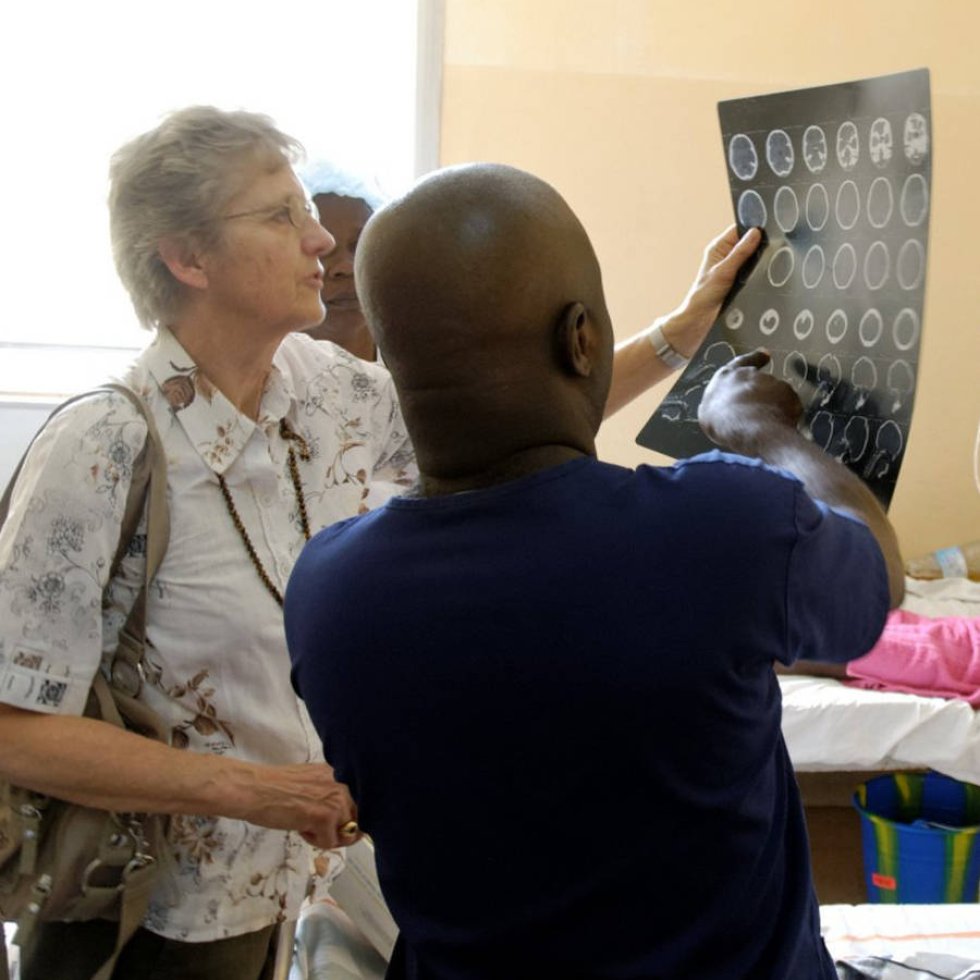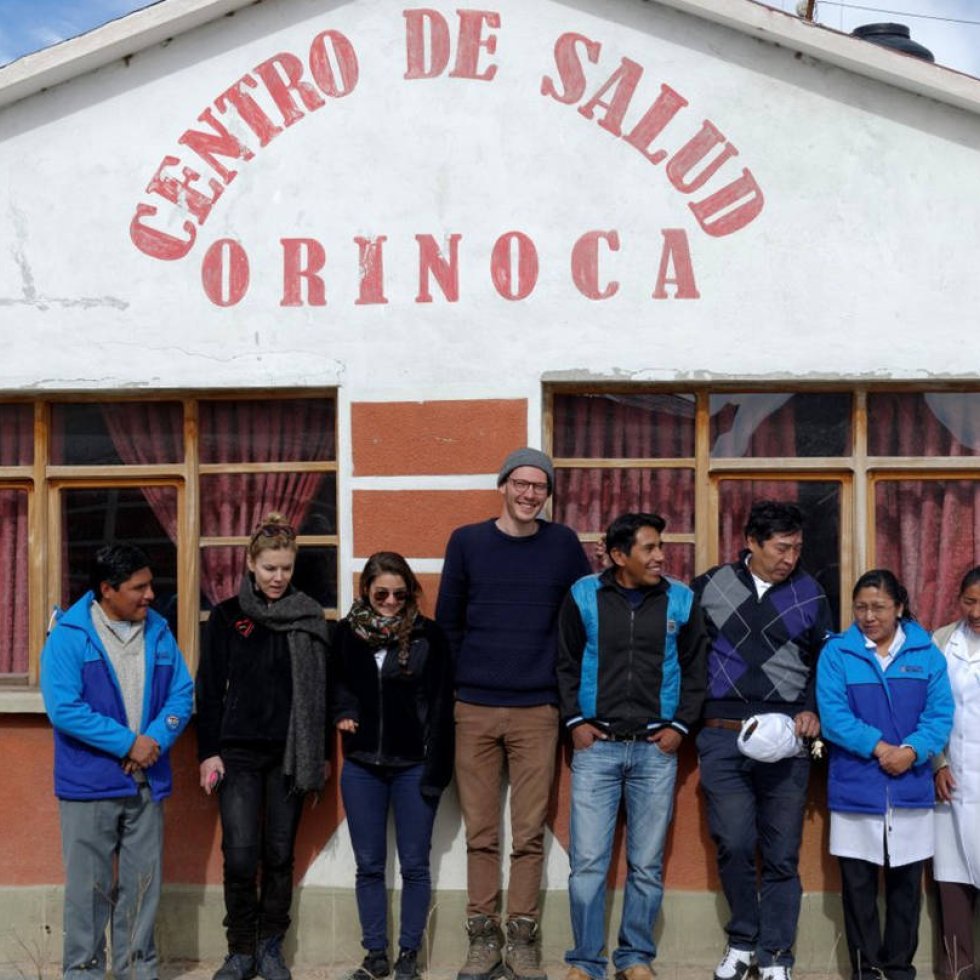Context
The major humanitarian programs and aid programs for medical development, which struggle to coordinate their operations on the ground, are now investing in information and communication technologies. Considering the shortage of trained medical professionals working in the field, even the World Health Organization is banking on telemedicine and distance education tools. In the most isolated areas of the world, the challenge is to mitigate the distance by rolling out telemedicine software. Among other benefits, this allows healthcare professionals who are “cut off from the world” to establish ties with healthcare professionals in urban centers. Seeking the opinion of an expert cardiologist hundreds of kilometers away can save the patient a trip in search of a diagnosis.
In the areas in question, telemedicine consists of using simple and robust computer programs that are adapted to local conditions to facilitate communication, collaboration, and distance learning. Taking continuing education courses, asking for a long-distance consult to interpret an x-ray, an EKG, or a photograph of a skin lesion, or getting an opinion on how to treat a difficult case means being able to improve the efficiency, and thereby the quality, of patient care.
Project
Many projects that are co-financed by various partners of the Foundation are addressing this issue. It is essential to support long-distance exchanges between a network of well-trained professionals who know one another, meet, and share their experiences and knowledge.
For this reason, the Francophone African Network for Telemedicine, or RAFT for its initials in French, has become the largest telemedicine network on the continent.
Over a thousand professionals now take part in RAFT in more than a dozen countries.
The same idea is behind three district hospitals in the high plains of Bolivia that are directly linked to the regional hospital of Copacabana, Bolivia and to specialists at the national hospital in La Paz. There as well, doctors teleconsult with experts on the treatment of difficult cases, receive training on how to use devices, etc. Finally, a telemedicine network also needs to be developed in Nepal, with a training and support program as well as the necessary equipment and connections to many isolated locations.
project manager
Professor Antoine Geissbuhler, Head Physician of the Division, Imaging and Medical Information Sciences Department, eHealth and Telemedicine Division, Geneva University Hospitals
Galerie photo


